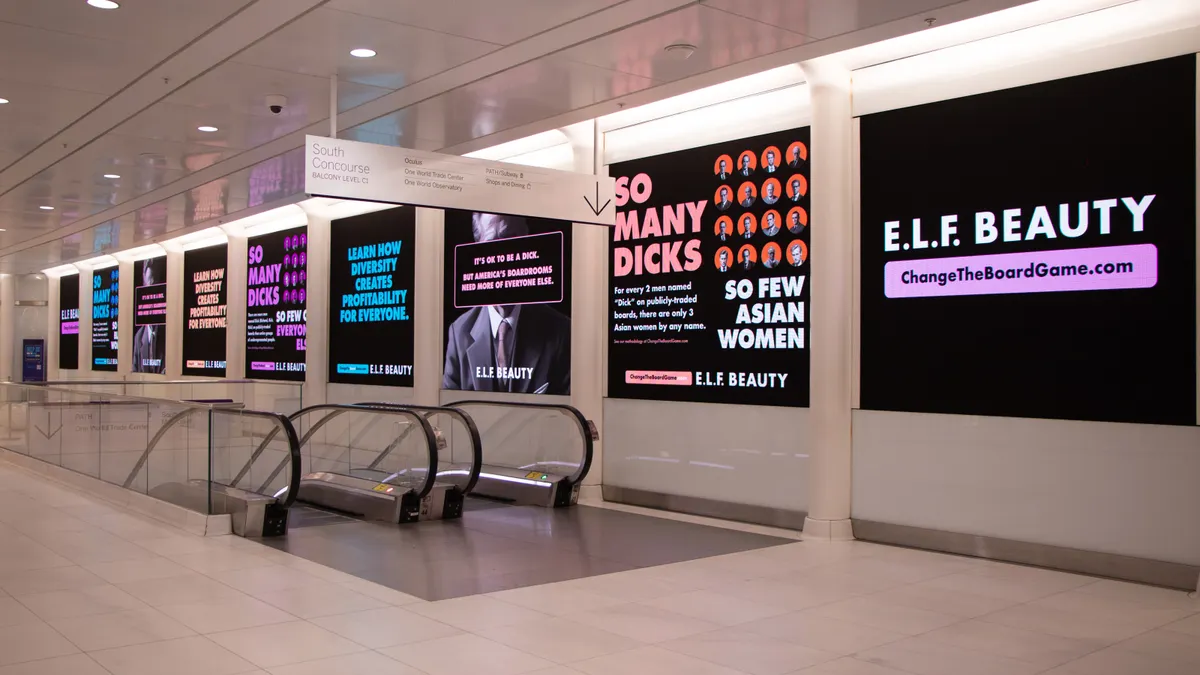Brief:
- Visa is releasing an SDK to enable developers to test a group of "sensory branding" services that use sound, animation and haptic cues to let cardholders know when digital and in-store payments are completed, according to a press release. Among the first partners are point-of-sale terminal makers Equinox Payments, Ingenico Group, Poynt and Verifone, who will work with merchants to test the new experiences.
- Customers will soon hear a unique sound and feel a short vibration when making a payment through a card, mobile pay method or wearable. About four out of five (81%) consumers said they would have a more positive perception of merchants that used either the sound or animation cues in a transaction, according to a 2017 study by IPG Lab cited by Visa.
- Meanwhile, Visa in April will eliminate the need for a signature from cardholders to approve any Europay, MasterCard and Visa (EMV) chip or contactless payments. The change lets North American users of Apple Pay, Google Pay and Samsung Pay complete Visa transactions with an identity-authenticated touch of the device to a payment terminal, per VentureBeat.
Insight:
Visa's goal here is to differentiate from its competitors by encouraging positive, sensory associations with the brand when a consumer completes an action — in this case, a payment. The company is working with the makers of point-of-sale payment terminals to test out how this combination of vibrations and sounds improves checkouts and consumer perceptions of convenience. The company’s sensory branding is scheduled to be available as a software development kit for iOS, Android, and Web solutions on the Visa Developer Platform on Jan. 31.
Visa is also testing sensory branding the Winter Olympic games.
While mobile payments are enormously popular in some countries, notably China, consumers in the U.S. have been more reluctant to adopt methods such as Apple Pay, the recently-revamped Google Pay and Samsung Pay. The U.S. has a developed infrastructure to handle credit and debit card payments, making such transactions relatively easy for consumers who use plastic cards, so many don't feel inclined to change their payment system. That hasn't stopped Visa from continuing to invest in the space: At the Consumer Electronics Show last week, it debuted a connected Wallet Card developed by Dynamics that allows users to access multiple accounts and cards in one place and receive real-time messages and coupons at the point of purchase via a 65,000-pixel built-in display.
The brand last year also unveiled wearable payment-ready devices as part of its sponsorship of the 2018 Olympic Winter Games in PyeongChang, South Korea, in February. Those included gloves, commemorative stickers and Olympic pins equipped with near-field communications chips that let consumers make payments by tapping the devices to special checkout equipment.











